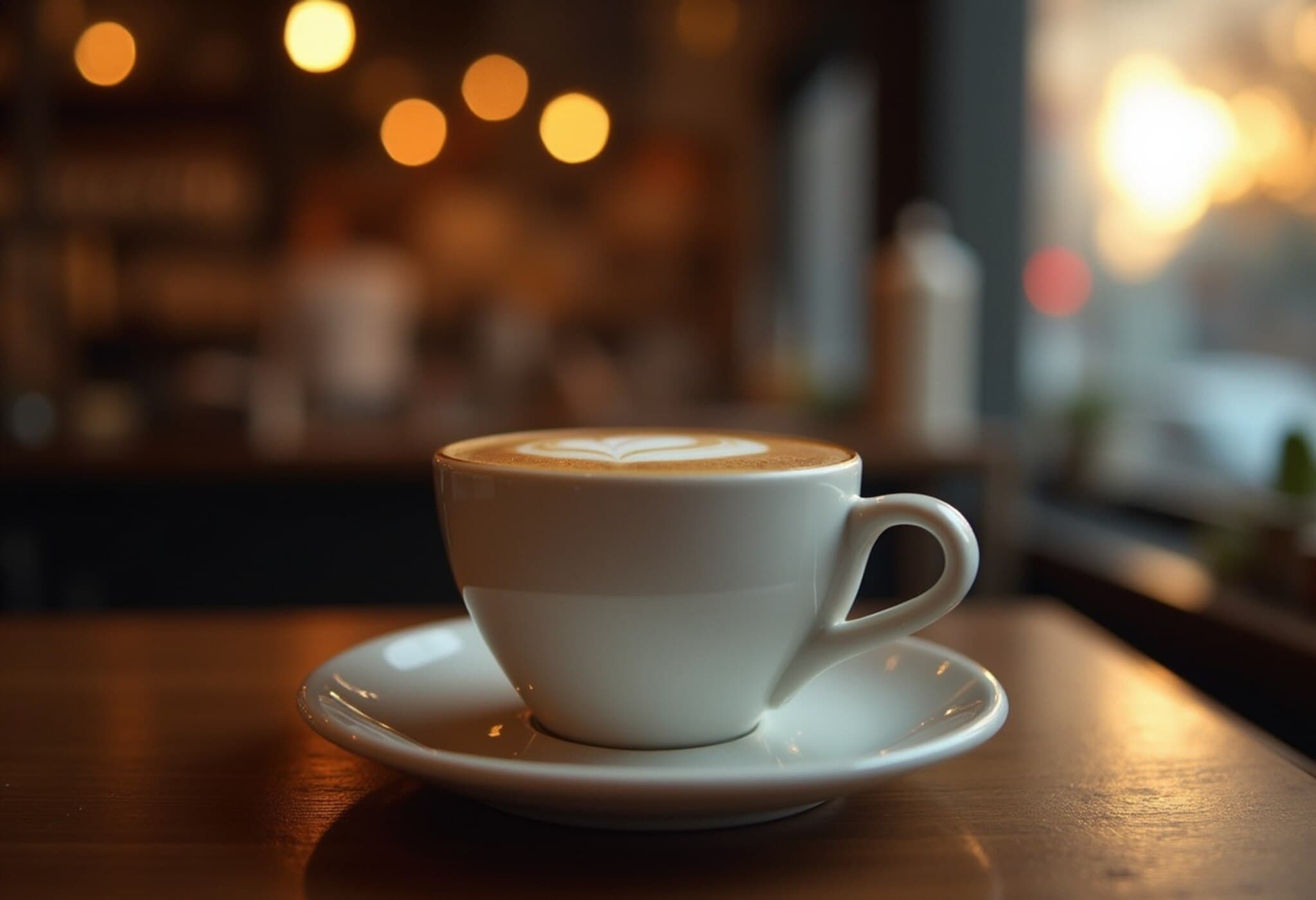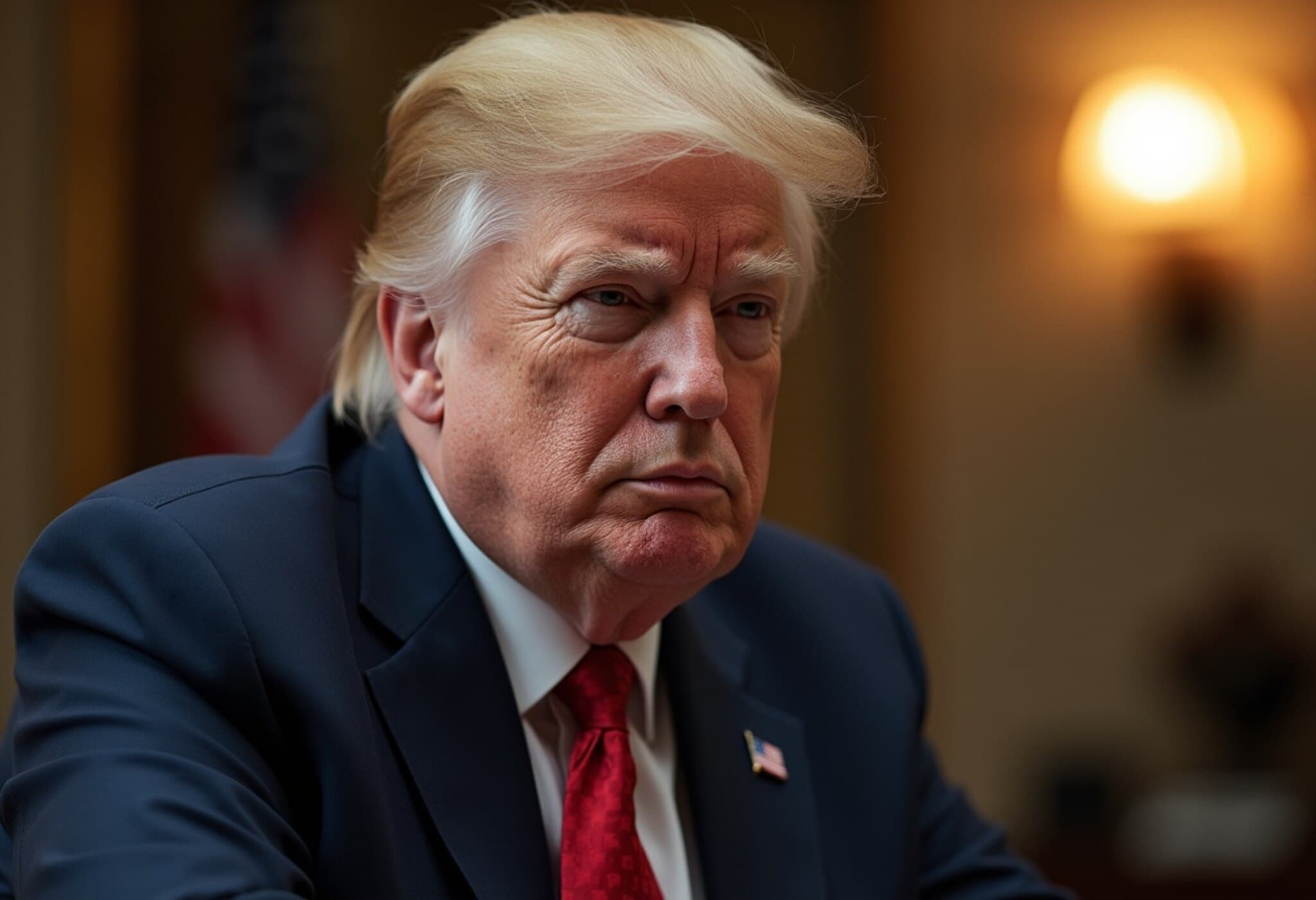Italy’s Coffee Crisis: When Espresso Prices Rise, National Nerves Jitter
In Italy, where espresso is less a beverage and more a daily ritual, the recent surge in coffee bean prices has sparked widespread concern. This sacred tradition, solemnized in bustling coffee bars from Turin to Naples, faces an unprecedented threat: the challenge of maintaining affordable, high-quality espresso amidst shifting global markets.
A Beloved Ritual Under Threat
Andrea Consilvio, a native of Turin, took a daring leap this spring by purchasing a historic coffee bar in his hometown. Brewing espresso—Italy’s crown jewel of coffee culture—is no small matter, especially given the nation's near-universal love for it; nearly 75% of Italians drink espresso daily. Yet, while Italians treasure this ritual, they also expect their espresso to be accessible and inexpensive, often costing little more than pocket change.
Consilvio remarks that “the world of coffee is changing,” adding that sustained price hikes could imperil both livelihoods and cherished customs. At the heart of this tension lie the traditional Italian coffee bars, integral cultural spaces now wrestling with rising costs that could force price adjustments long considered taboo.
Historical Context and Market Pressures
The pricing of espresso in Italy is steeped in history. During World War I, espresso was legally deemed a necessity, enabling municipalities to regulate prices and safeguard these bars as community cornerstones. Historian Jonathan Morris notes, “Price controls kept neighborhood bars thriving and shielded the market from corporate coffee chains.” This partly explains why, until recently, global franchises like Starbucks hesitated to enter Italy’s unique coffee scene.
Despite the lifting of those controls decades ago, espresso prices have largely remained stable—until now. Many bar owners feared that modest price hikes would send loyal customers to the next block’s coffee bar.
However, with global coffee bean prices soaring due to climate change, trade disruptions, and geopolitical tariffs (including those affecting Brazil, a top supplier), that balance is breaking down. The blend of robusta and arabica beans, traditional to Italian espresso, traditionally buffered cost spikes by substituting cheaper robusta beans. But as robusta prices also climb, the safety net frays.
The Economic and Cultural Impacts
- Price Trends: The average espresso now costs €1.16 (~$2.06), up nearly 12% from two years ago, with southern regions offering slightly lower prices.
- Revenue Shifts: Coffee sales represent roughly 30% of traditional bar revenues; bars increasingly diversify into food offerings and aperitivos to compensate.
- Consumer Responses: While tourists generally absorb small price hikes, locals—especially at family-run bars—feel the pinch deeply, leading some to brew more coffee at home.
Consilvio’s own venue, Cicinin, adjusted prices to €2 for table service and €1.30 at the counter, aligning with nearby competitors but still reflecting the tension between quality, tradition, and economic reality.
Expert Perspectives and Looking Ahead
Industry leaders from Lavazza and Illy warn that elevated coffee bean prices may persist indefinitely. For mom-and-pop cafés and multinational roasters alike, this translates into a difficult balancing act: sustaining quality and tradition while adapting to a new cost environment.
Jonathan Morris emphasizes, “Italian coffee culture is fiercely resistant to change, but economic realities are forcing a re-examination of what ‘cheap espresso’ means.” Giuseppe Morello of the Italian Espresso National Institute highlights the need for consumers to recognize the value behind quality coffee, rather than adhering strictly to low prices.
Human Stories: Espresso, Identity, and Resilience
At Rome’s Giolitti, a fourth-generation family-run café, espresso prices nudged up modestly—from €1.20 to €1.30—balancing economic pressures with a delicate respect for longtime customers. Meanwhile, in Naples, Gran Caffè Gambrinus embraced a price increase knowing tourists may shoulder the higher cost without hesitation.
Regular patrons in Rome express adaptability—some have started brewing at home, while others still indulge in multiple daily espressos despite the rising tabs. Their attachment underscores the espresso’s role as a cultural linchpin, an identity marker not easily shaken. As one espresso aficionado reflected, “this ritual is too important to let go. It’s woven into Italy’s soul.”
Editor’s Note
Italy’s espresso dilemma highlights a broader global interplay: traditional cultural practices intersecting with modern economic realities. As climate change and international trade policies continue to reshape commodity markets, questions arise about preserving cultural heritage in a cost-driven world. Can the famed Italian espresso ritual adapt without losing its essence? And how will consumers weigh tradition against affordability? This unfolding story is not just about coffee but about identity, economy, and resilience in the face of change.











